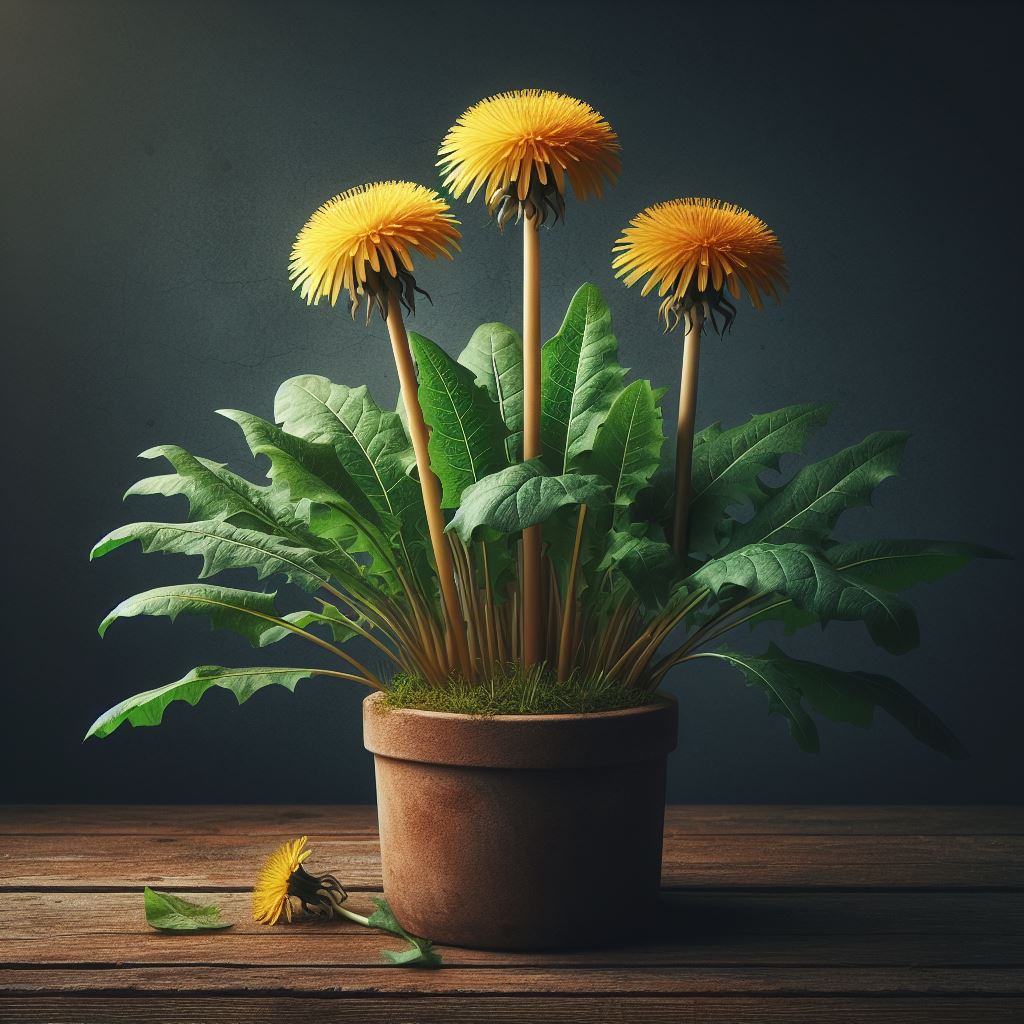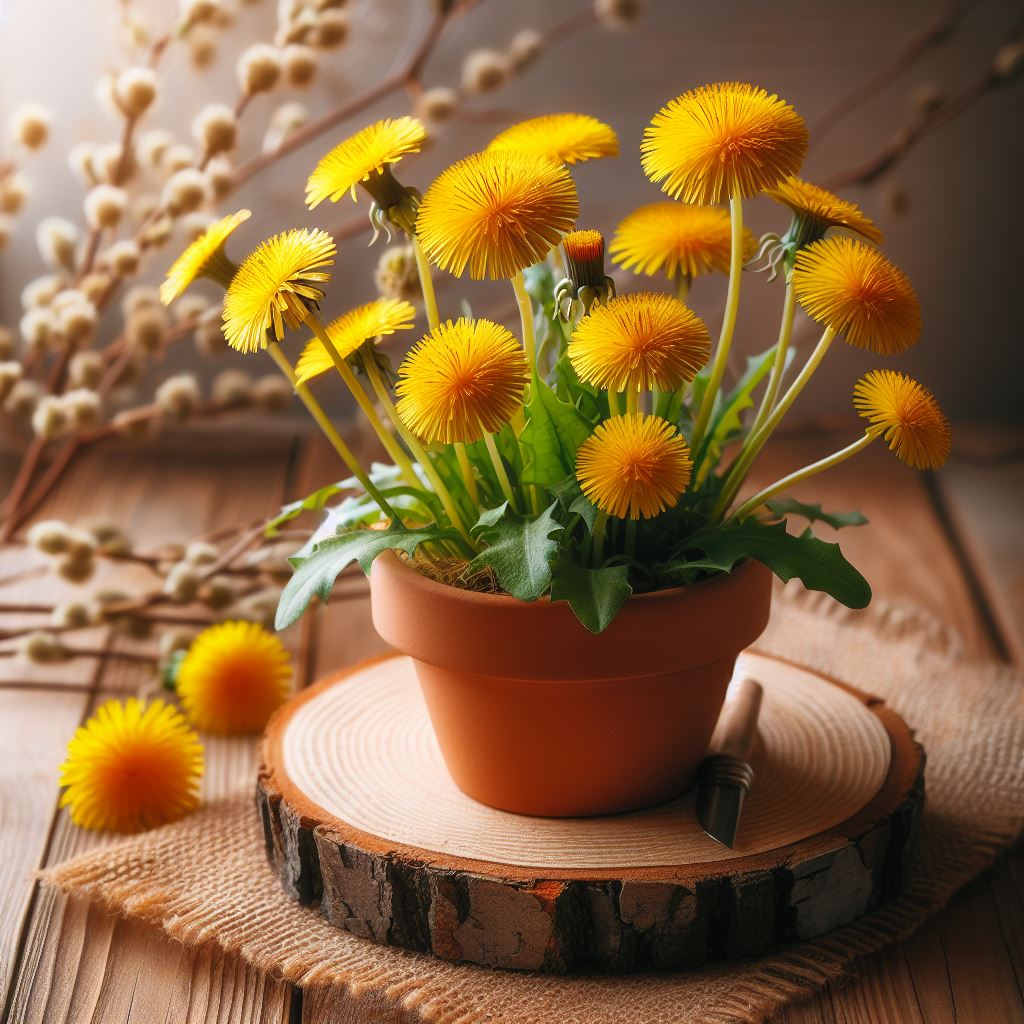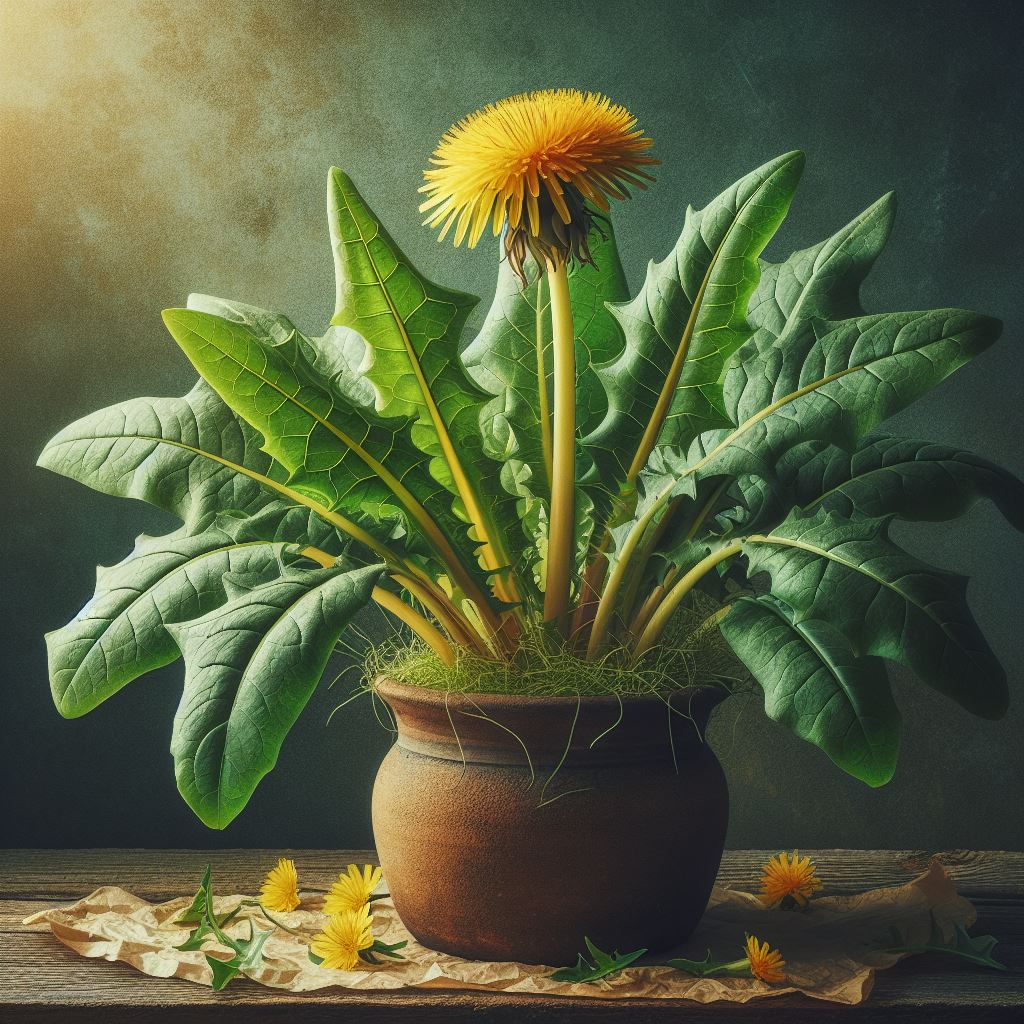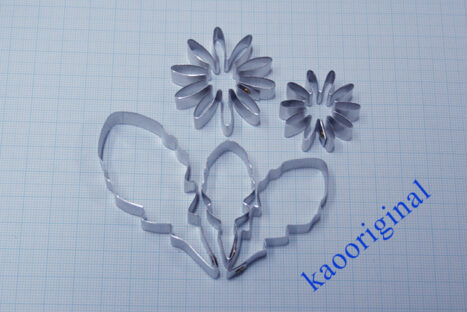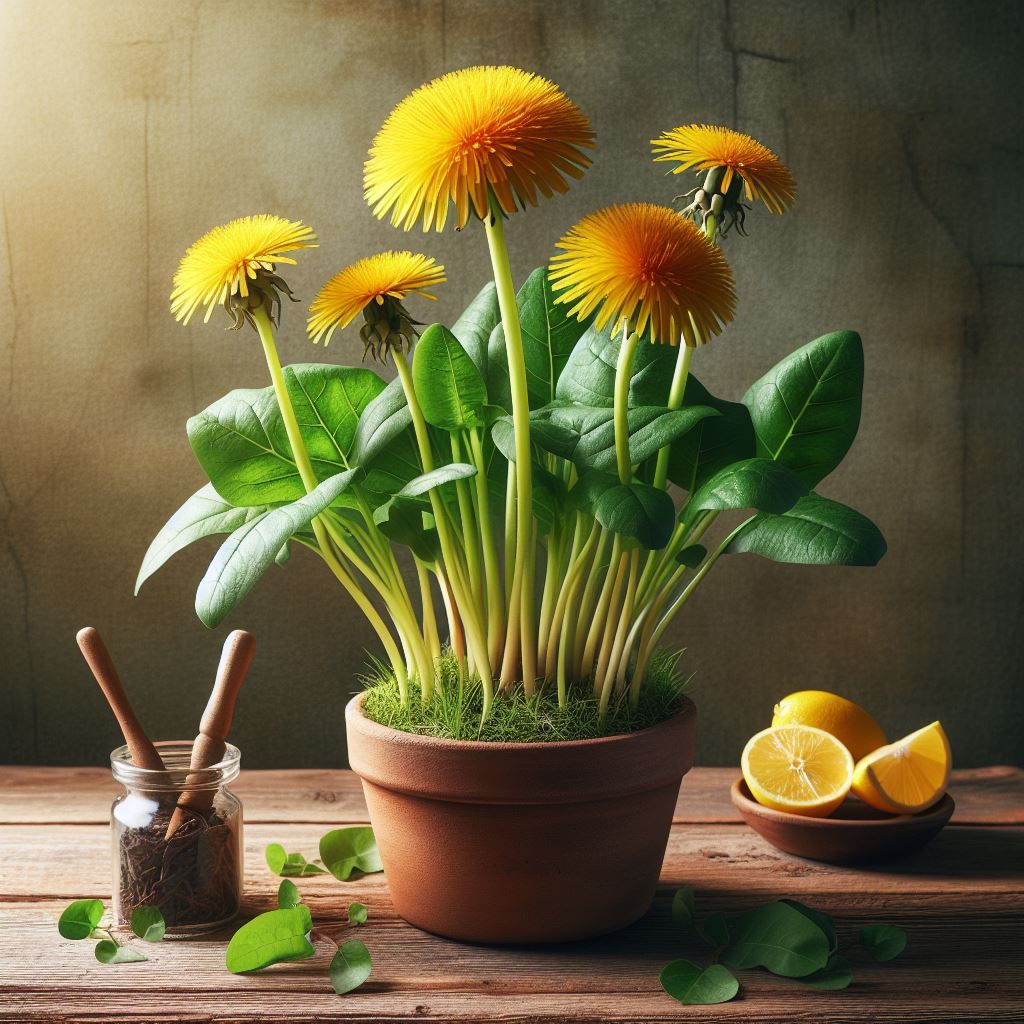Dandelion is a genus of flowering plants in the family Asteraceae, also known as Taraxacum, Blowball, Cankerwort, Monk’s Head, Fairy Clock, Irish Daisy, Swine Snort, or Wetabed. Taraxacology is the term for the genus’s scientific and recreational study. Dandelion is a plant native to Eurasia and North America; it blooms with yellow daisy-like flowers. Dandelion flowers are mostly yellow, but some species also have pink or white flowers. For example, the white dandelion (T. albidum) has white or pale pink flowers, while the sharp-toothed dandelion (Taraxacum argutum) has vibrant orange flowers. The fleshy dandelion (T. carneocoloratum) in North America has peachy-purple flowers. The name dandelion comes from the French word dent-de-lion, which means “lion’s tooth.” Dandelion leaves have coarsely toothed leaves that look like large teeth.
Dandelion leaf silicone mold is used to create realistic Dandelion plants with clay that can be decorated on the coffee table or with sugar icing paste that can be decorated for cakes. Also, dandelion leaf veiners can create gerbera leaves for artificially realistic gerbera plants.
Dandelion is more well-known in Europe and around the world. Because of the many medicinal properties of the dandelion leaves, they are a source of vitamins and minerals, including potassium, iron, calcium, and vitamins A, B6, C, and K. They also contain bitter glycosides and carotenoids. Dandelion leaves have been used in traditional medicine for centuries to support liver health, fight inflammation, and boost skin, liver, and heart health.
Showing all 6 results

